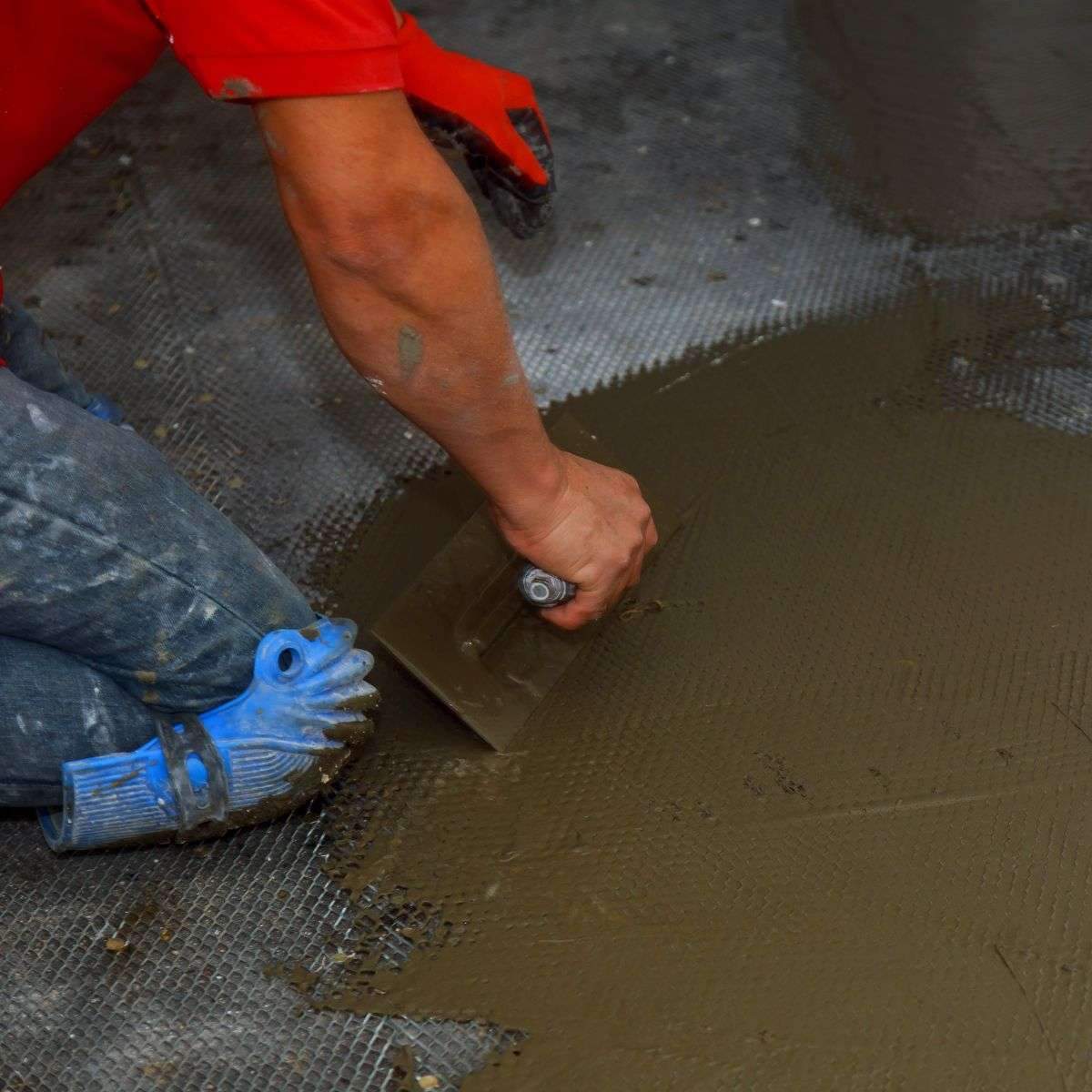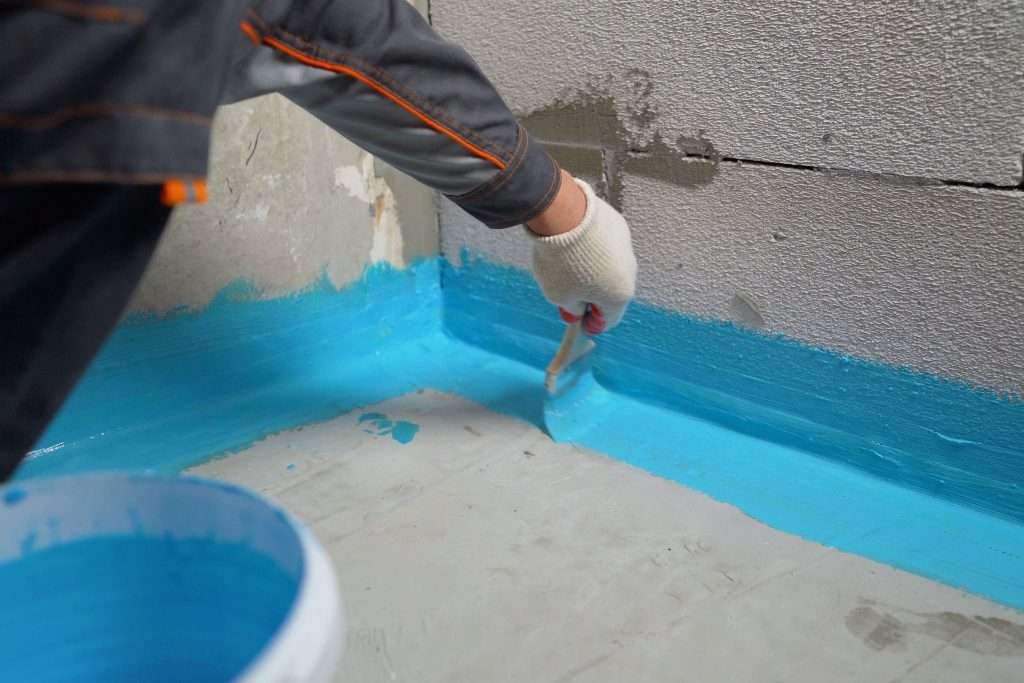The comprehensive guide to waterproofing cement
The comprehensive guide to waterproofing cement,
Cement waterproofing is a cost effective and durable solution for protecting surfaces from moisture and water damage.
This comprehensive guide covers the basics of what cement waterproofing is,
the advantages of its use and the different types available.
It also explains the steps for applying cement waterproofing,
such as surface preparation, application of primer and sealant, and application of cement mixture.
Advantages of cement waterproofing
Cement waterproofing is a straightforward and cost-effective way to provide additional protection against water damage and other moisture-related issues in various structures.
It is increasingly used in commercial and residential construction due to its many advantages.
First and foremost, it is highly effective in waterproofing, as the cement,
applied as a thin layer, provides a dense, waterproof barrier that resists water penetration.
Cement waterproofing is also very durable and is not likely to deteriorate even when exposed to harsh weather conditions or other harsh elements.
In addition, the waterproofing effect of cement is permanent,
which means that it does not weaken with time or with repeated exposure to water.
Another advantage of using cement for waterproofing is that it is easy to apply and requires no specialized tools or labor for installation.
The cement can spread quickly and evenly on a wall or other surface in a thin,
uniform layer that is easy to maintain and repair if necessary.
In addition, cement waterproofing is relatively inexpensive and can help reduce overall construction costs.
Finally, cement waterproofing is designed to protect against moisture but can also provide additional thermal, acoustic and structural benefits.
Cement is also an excellent thermal insulator, as it helps regulate indoor temperatures and reduce energy bills.
While its acoustic properties can reduce noise transmission.
Moreover, cement waterproofing can provide structural strength and stability,
making it ideal for projects that require both waterproofing and structural strength.
Types of cement waterproofing
Cement waterproofing is a process used to protect structures and surfaces from water damage.
It is an essential component of any construction project.
Where water can cause serious damage to the property inside and out.
Depending on the specific project, different types of cement waterproofing can be used.
The following is a comprehensive guide to the various types of cement waterproofing and their applications.
Applicable liquid cement waterproofing:
Liquid cement waterproofing is the most common and cost effective type.
It is primarily used for waterproof surfaces and can be used by a professional contractor or DIYer.
This type of cement waterproofing is often used on exterior and interior surfaces and can be applied with a brush,
roller, spray or trowel.
Spray cement waterproofing:
This type of cement waterproofing is commonly used on large areas such as flat or pitched roofs or retaining walls.
It has a higher initial cost due to the specialized equipment needed to complete the job,
but it can provide superior protection and is often more cost effective over time.
Cement waterproofing applied to slabs:
Slab-applied cement waterproofing is mainly used for underground structures such as foundations,
retaining walls, and basements.
It is applied in the form of flexible sheets which are then sealed together.
This type of waterproofing is very effective and is often used in combination with other waterproofing systems.
Flexible membrane insulation:
Membrane waterproofing is a great choice for projects where space is an issue or where the insulation area is irregular.
This material is flexible and can be applied in tight and difficult spaces,
making it a great choice for unique building configurations.
Cement waterproofing coating:
Cement waterproofing paint is a great choice for painting interior and exterior surfaces.
It is a good choice for insulating your pool area, deck, outdoor patio, or any other space.
It is also easy to apply and can provide superior protection against water damage.
Liquid applied coatings
Liquid coatings are an important part of cement waterproofing.
These coatings provide a layer of protection that can keep water out of structures and protect them from corrosion.
In addition, liquid coatings also act as a barrier to prevent the migration of water or moisture from the substrate into the structure.
Various types of liquid cement waterproofing coatings are available.
Depending on the application, different options may be required.
The two main categories of liquid paint are elastomeric and acrylic-based paint.
Liquid-coated elastomeric coatings are typically a single-component, liquid-applied coating that provides a flexible,
protective layer that can withstand extreme weather conditions.
These coatings are often used on concrete surfaces, foundations,
retaining walls and other structures that are exposed to the elements.
These coatings are ideal for areas that experience many freeze-thaw cycles.
Acrylic-based liquid coatings are single-component coatings that provide a protective barrier that can resist UV rays,
heat, and abrasion.
The comprehensive guide to waterproofing cement
They are usually used in areas with a lot of foot traffic.
These coatings are often found in commercial and industrial areas such as offices, warehouses, and outdoor spaces.
The main difference between elastomeric and acrylic paints is the degree of flexibility.
Elastomeric coatings are also more flexible and can withstand movement,
while acrylic-based coatings are better suited for areas that require a degree of strength.
When selecting a liquid cement waterproofing coating, it is important to consider the specific needs of the area.
The type of coating, the amount of coverage required, the ability to resist UV rays,
heat, corrosion and the required coating must also be considered.
It is important to ensure that the paint is applied according to the manufacturer’s instructions.
To ensure a successful application, the surface must be clean, dry and free of debris prior to application of the coating.
The paint should be applied in thin, even layers and allowed to dry completely before applying any additional coats.
Bentonite Clay Coatings
Bentonite clay coatings are a type of cement-based waterproofing system used to protect concrete structures from the harmful effects of moisture and mold.
The slurry is mixed with cement, water and other additives and applied in a thick layer on the surface of the concrete structure.
The thick coating helps prevent moisture from entering the concrete and prevents it from saturating, cracking, or collapsing.
This type of waterproofing is often used in basements, roofs,
and high-traffic areas that are prone to moisture damage.
Bentonite clay is a type of clay composed of calcium and sodium montmorillonite.
Clay has a high water absorption rate, which makes it ideal for waterproofing applications.
Clay helps form a strong waterproof barrier when mixed with cement and other additives.
It also helps form a strong bond with the concrete structure, which enhances the waterproofing effects.
For bentonite clay coatings to be effective, the concrete surface must first be properly prepared.
This includes cleaning the area with a power washer, removing loose debris,
and repairing any cracks or other imperfections.
Once the area has been prepared, the bentonite clay mixture is applied in a thick layer to the surface of the concrete.
The mixture should also be allowed to dry and harden before using the area again.
This process can take between 24-48 hours,
depending on the type of slurry used and the amount of time it takes to apply and set the mixture.
Bentonite clay coatings are an effective and cost-effective means of waterproofing concrete structures.
The clay also helps form a strong bond with the concrete and helps protect it from the harmful effects of moisture and mold.
It also helps create a long-lasting, durable waterproof barrier that can last for many years with proper maintenance.
Cement coating materials
Cementitious coating materials are a popular and cost-effective option for insulating concrete structures.
This material is made of a cementitious compound that can create a waterproof barrier between the substrate and the environment, protecting it from moisture and other elements.
Cementitious coatings come in many different forms and can be applied to concrete surfaces in a variety of ways.
Traditional cementitious coating materials are mixed with water and applied to the surface with a brush or trowel.
These coatings can also be sprayed or rolled on with a roller.
Epoxy-based coatings are becoming increasingly popular and are usually mixed in a two-part system and applied with a brush or roller.
Cementitious coatings can also be used on any concrete structure, including walls, basements, ceilings, and showers.
The coatings are extremely durable and can withstand high levels of water pressure.
Coatings are also resistant to chemicals, UV rays, and freeze-thaw cycles.
To ensure the effectiveness of cementitious coatings, the underlayment must be clean, dry and intact prior to application.
The paint must also be applied in multiple coats and dried thoroughly between coats to ensure proper adhesion.
The most important aspect of a cement coating is to maintain and inspect the coating regularly.
Regular inspections must be carried out to ensure that the coating is not cracking, peeling,
or flaking and that the waterproofing is effective.
Regular maintenance and repairs must also be carried out to ensure that the coating provides the necessary protection.
In general, cementitious coatings are an excellent choice for insulating concrete structures.
They are cost effective, durable and highly effective when installed and maintained properly.
With the right selection and installation, cementitious coatings can provide long-term protection for concrete structures and peace of mind for many years.
Steps for applying cement waterproofing
The first step is to prepare the surface.
Clean any dirt or debris off the surface and make sure it is clean and dry.
Apply a layer of bonding agent to the surface to ensure that the cement waterproofing will adhere properly.
Once the bonding agent has dried, you can apply the cement waterproofing.
Mix the cement waterproofing with water in a mixing basin or bucket.
You will need to use a ratio of 3 parts cement waterproofing to 1 part water.
Stir the mixture until it is completely mixed and has a thick, paste-like consistency.
Once the material is mixed, use a brush or roller to apply the mixture to the prepared surface.
Make sure to cover the entire surface, including the nooks and crannies.
Allow the cementitious sealant to dry for 24 hours before applying a second coat.
Once the second coat has dried for 24 hours, check the surface for imperfections.
Where there are no areas, use a brush or roller to apply a thick layer of cement waterproofing.
Allow the cement waterproofing to dry for 48 hours before any further inspection.
To ensure that cement waterproofing adequately protects your property, check it for any signs of moisture or moisture at least once a year.
If any signs of moisture or dampness are detected,
reapply the cement waterproofing to the affected area and recheck annually to maintain proper protection.
By following these steps and checking your cement waterproofing periodically,
you can ensure that your property is safe from moisture and potential water damage.
For more architectural news
Sustainable building materials used in environmentally friendly buildings










